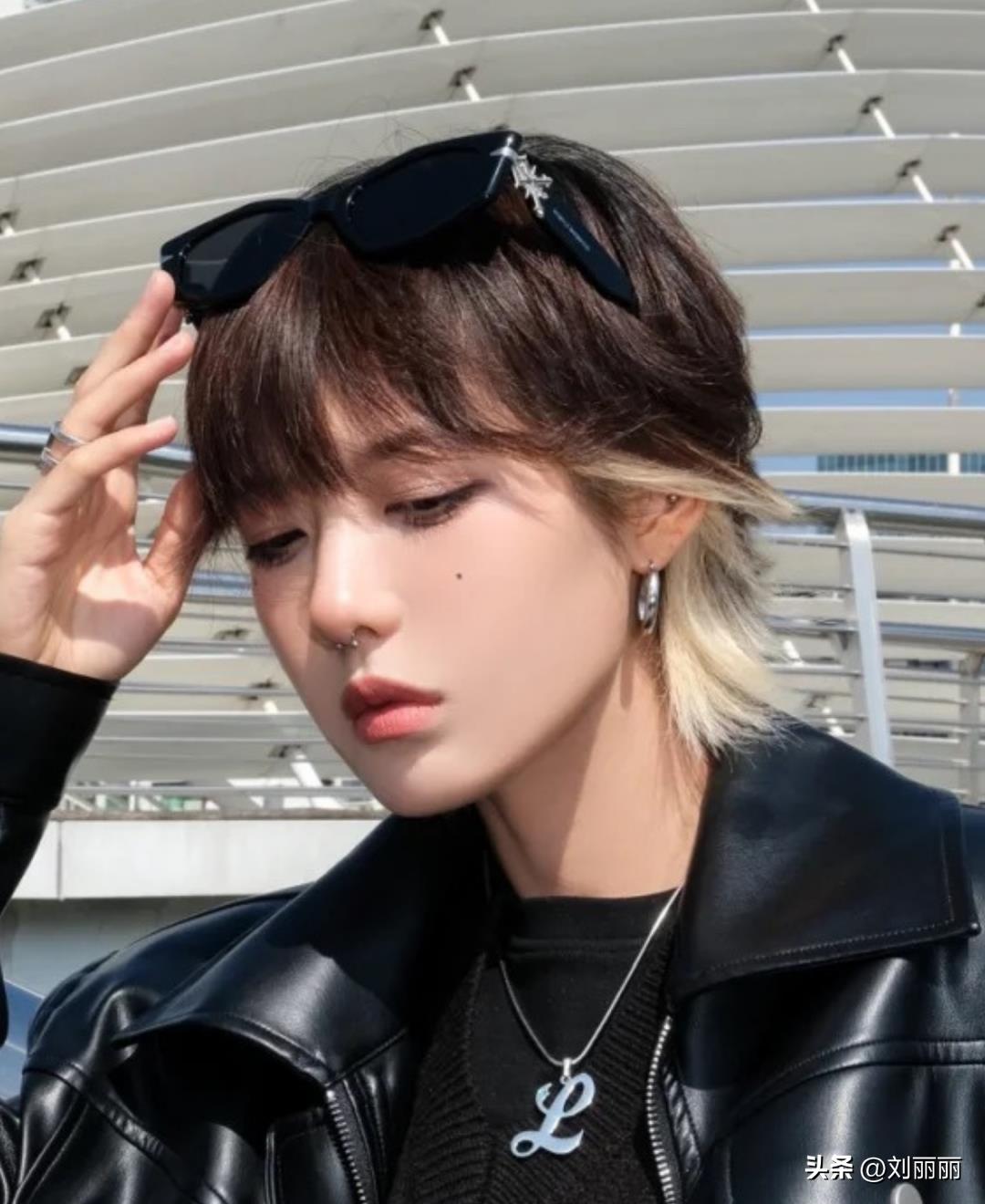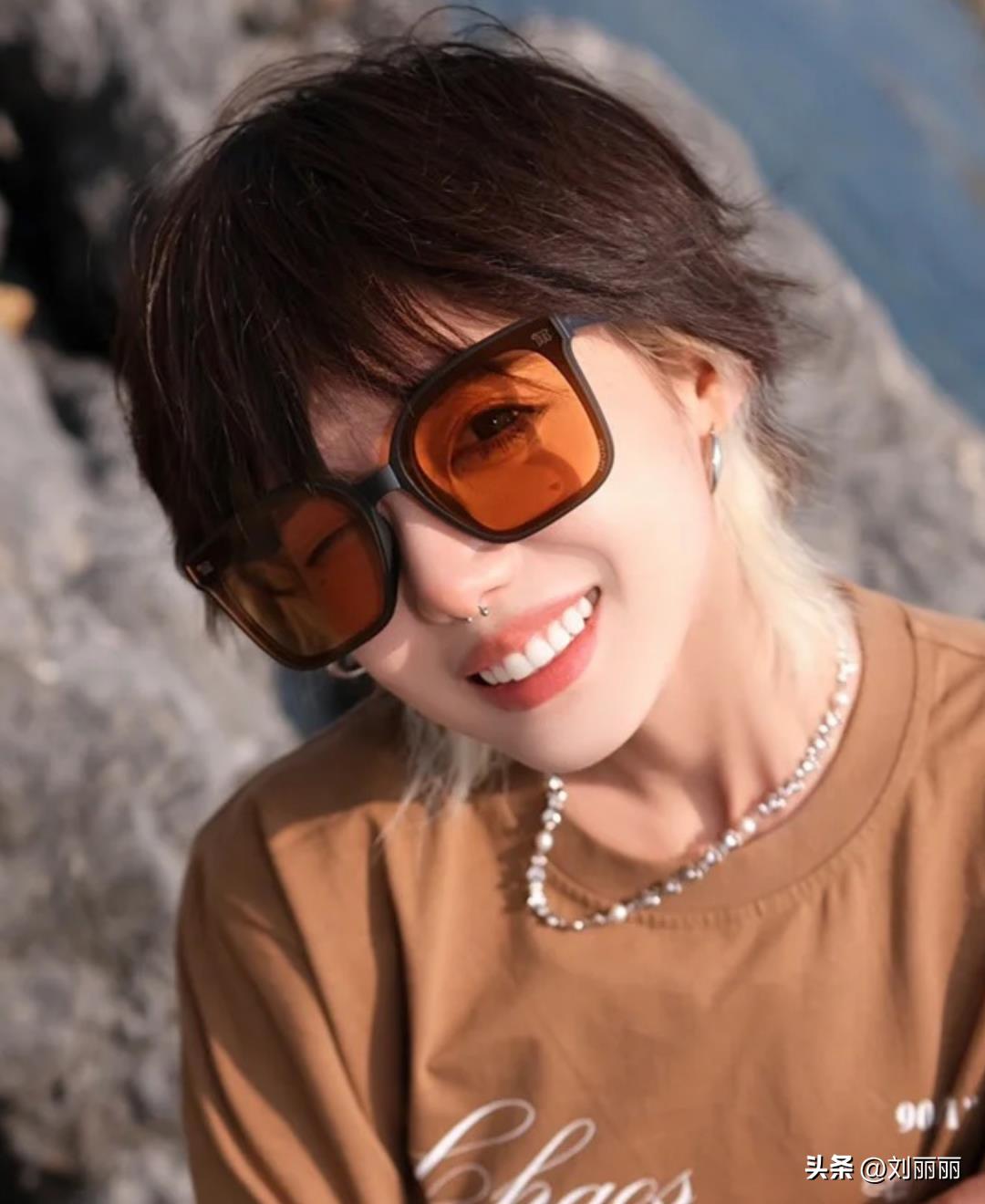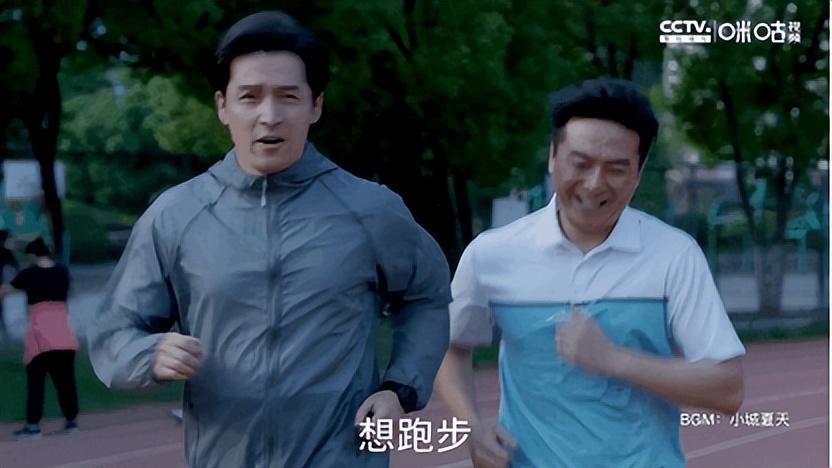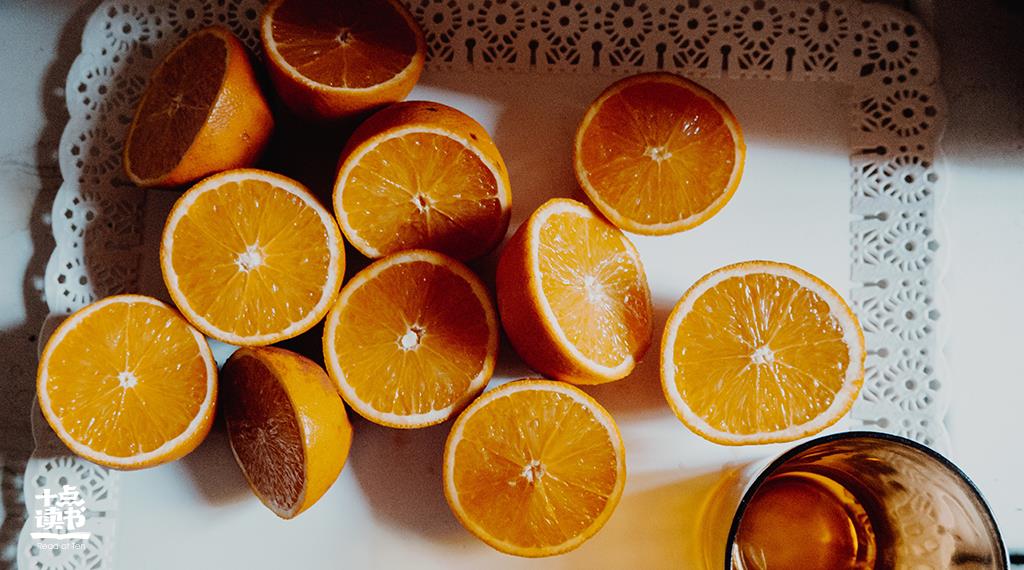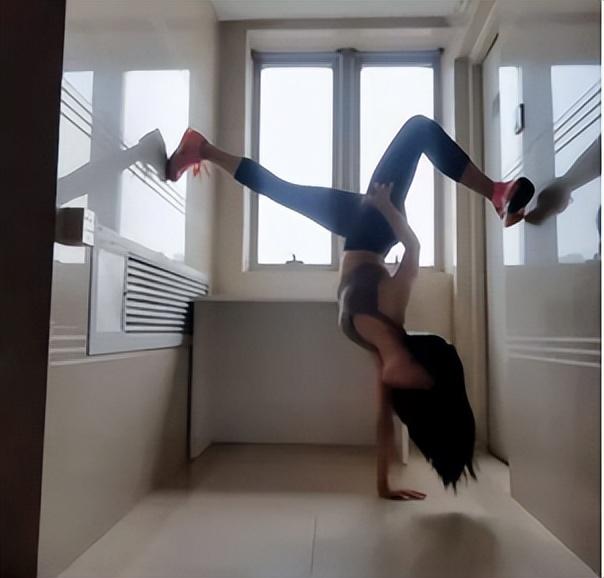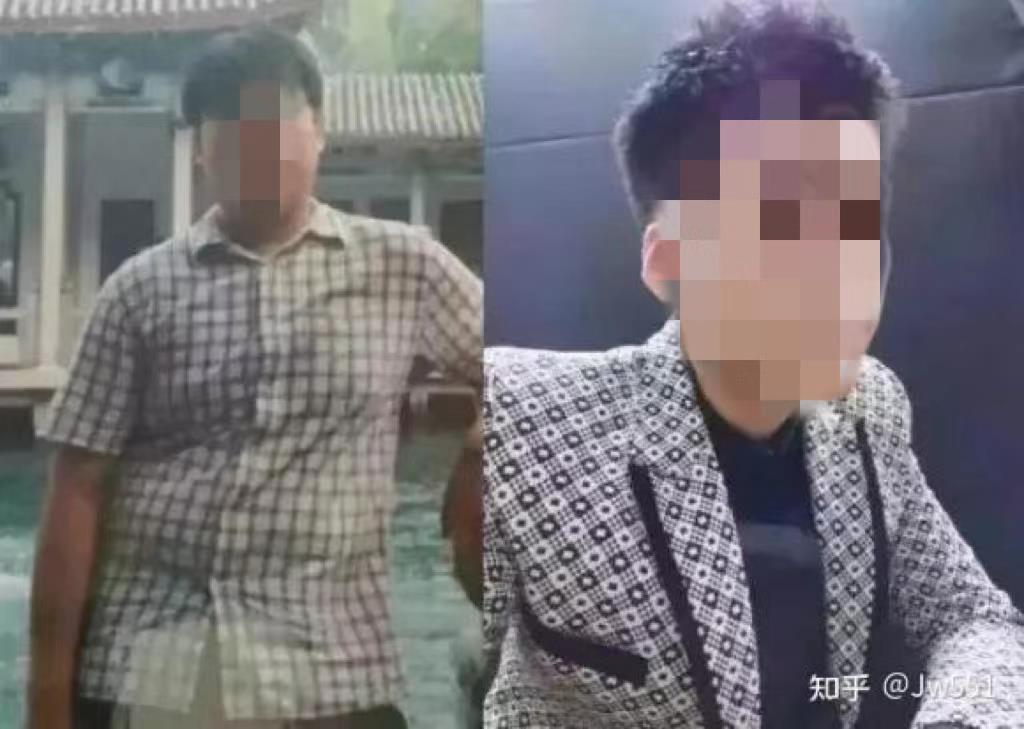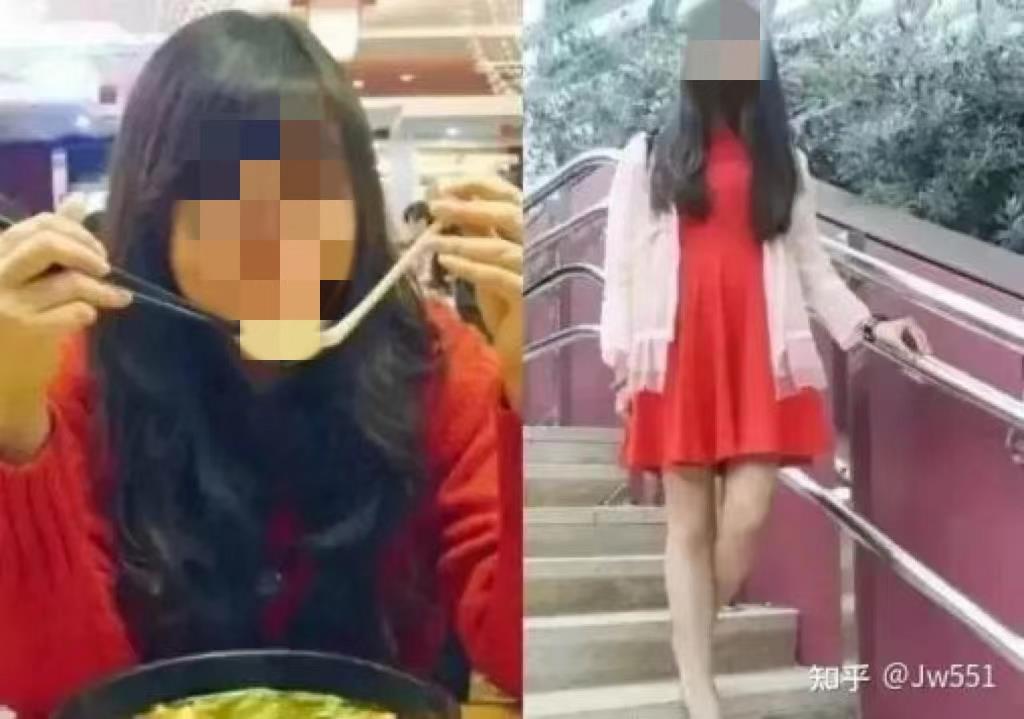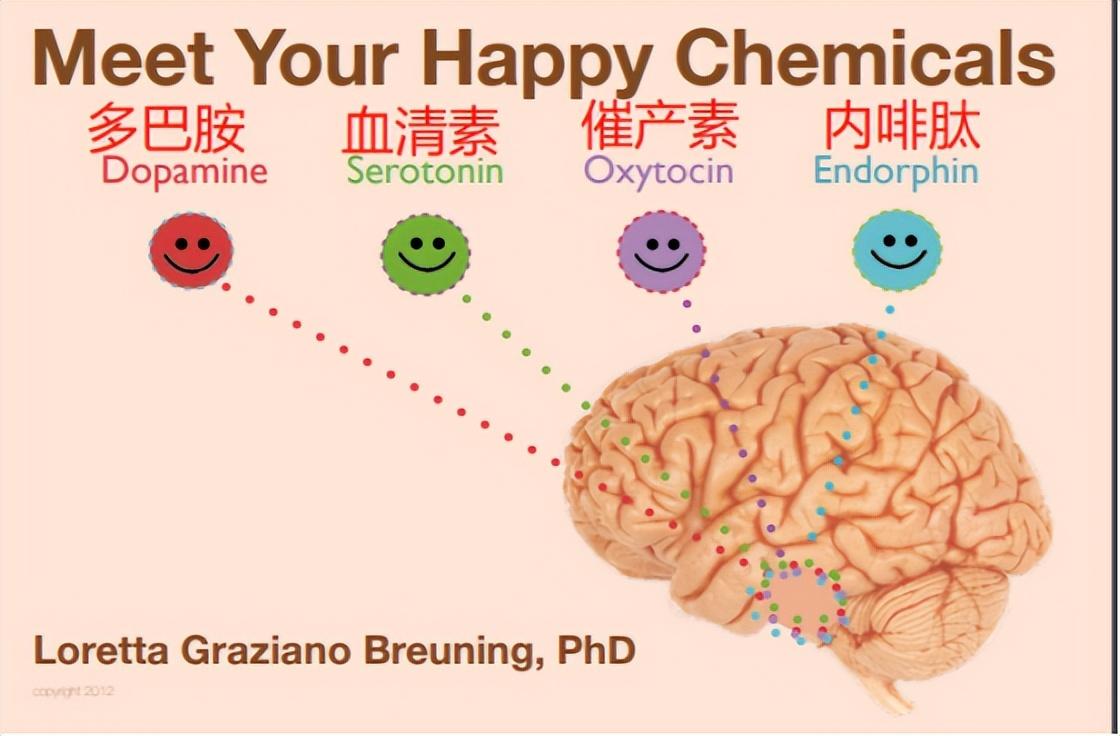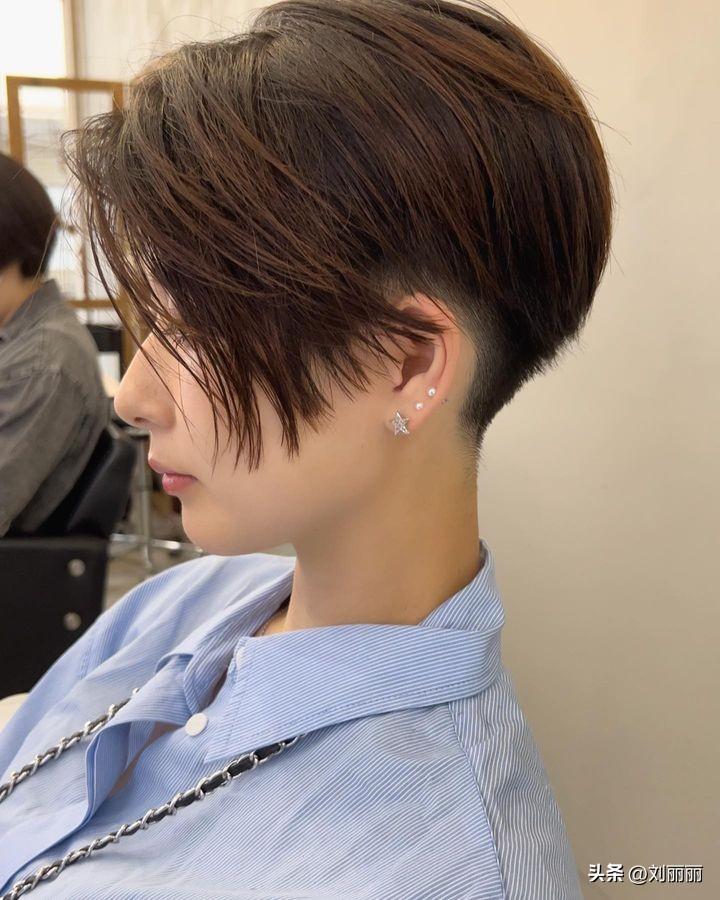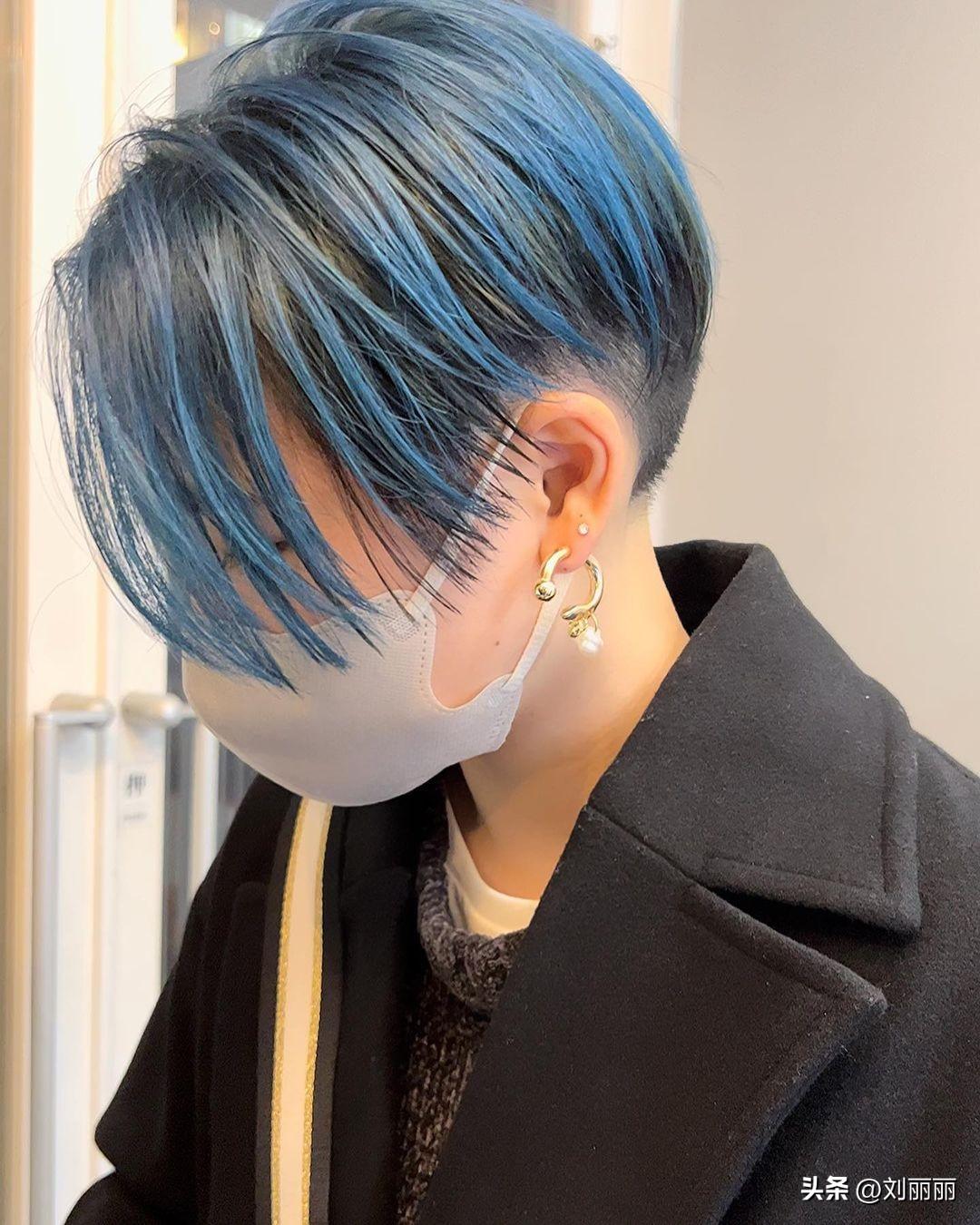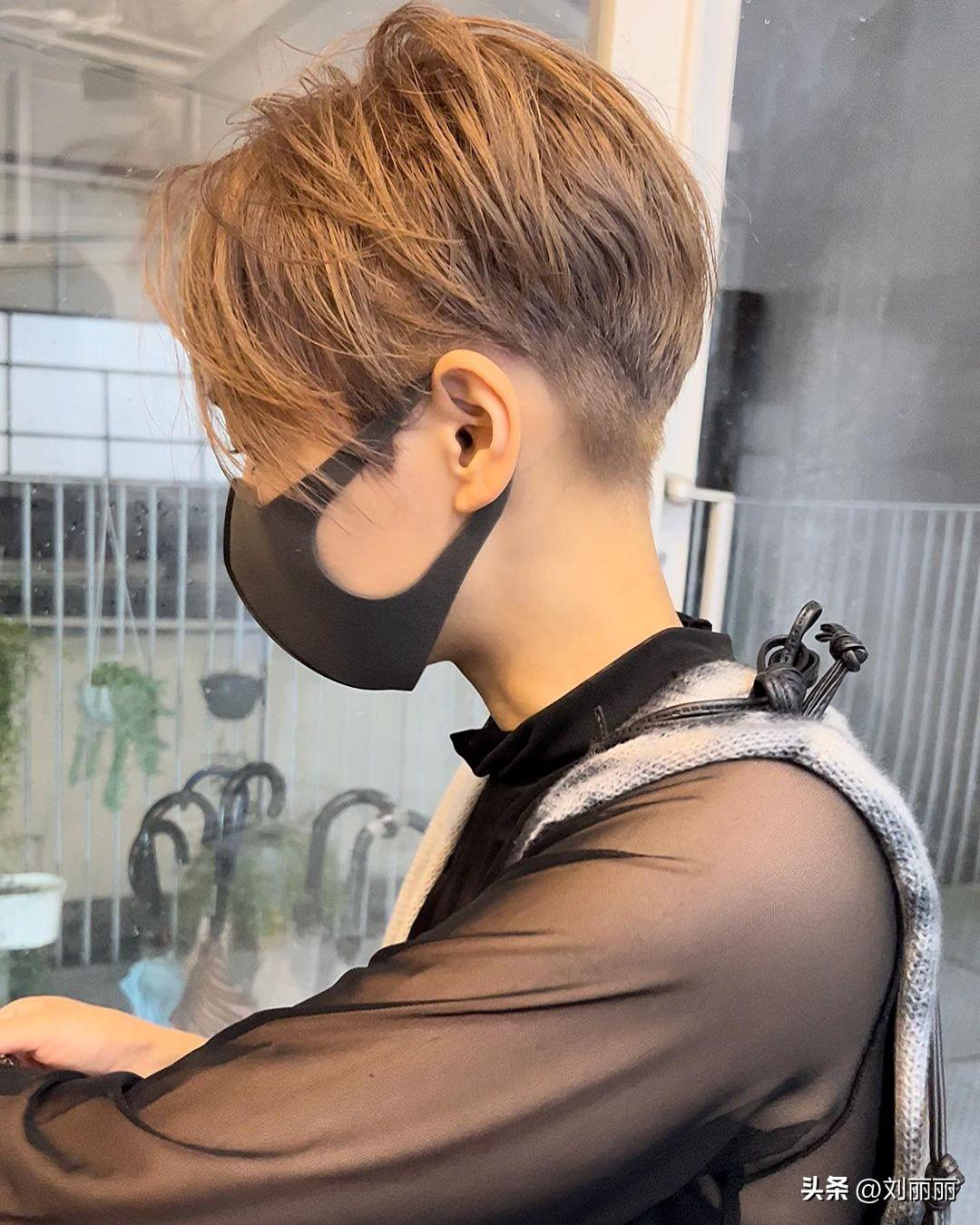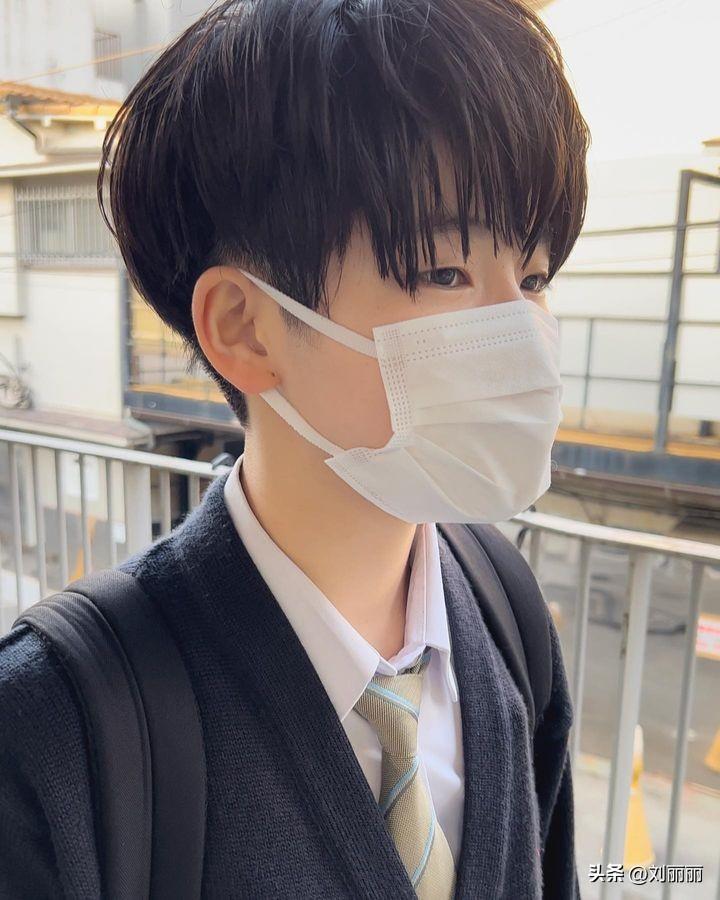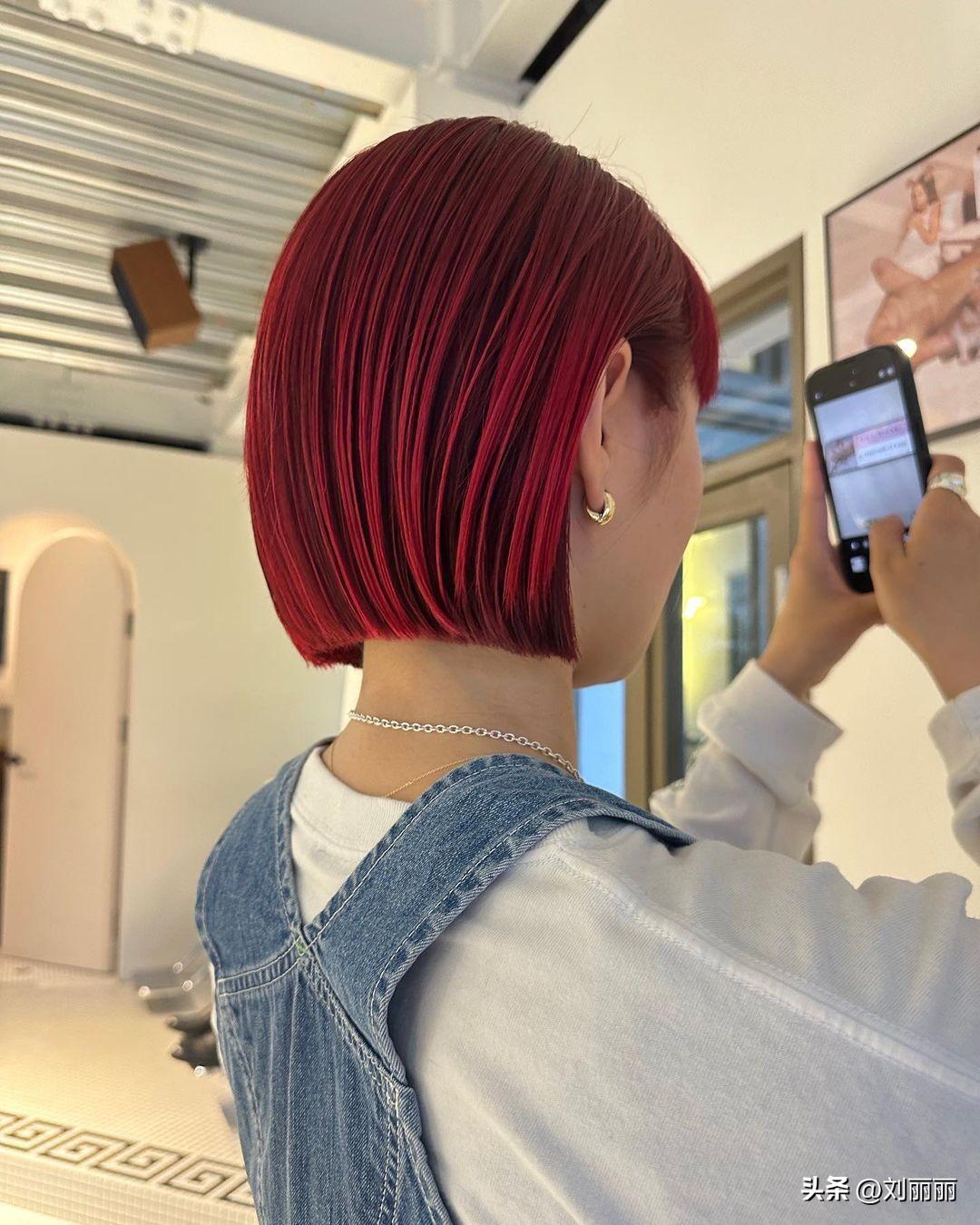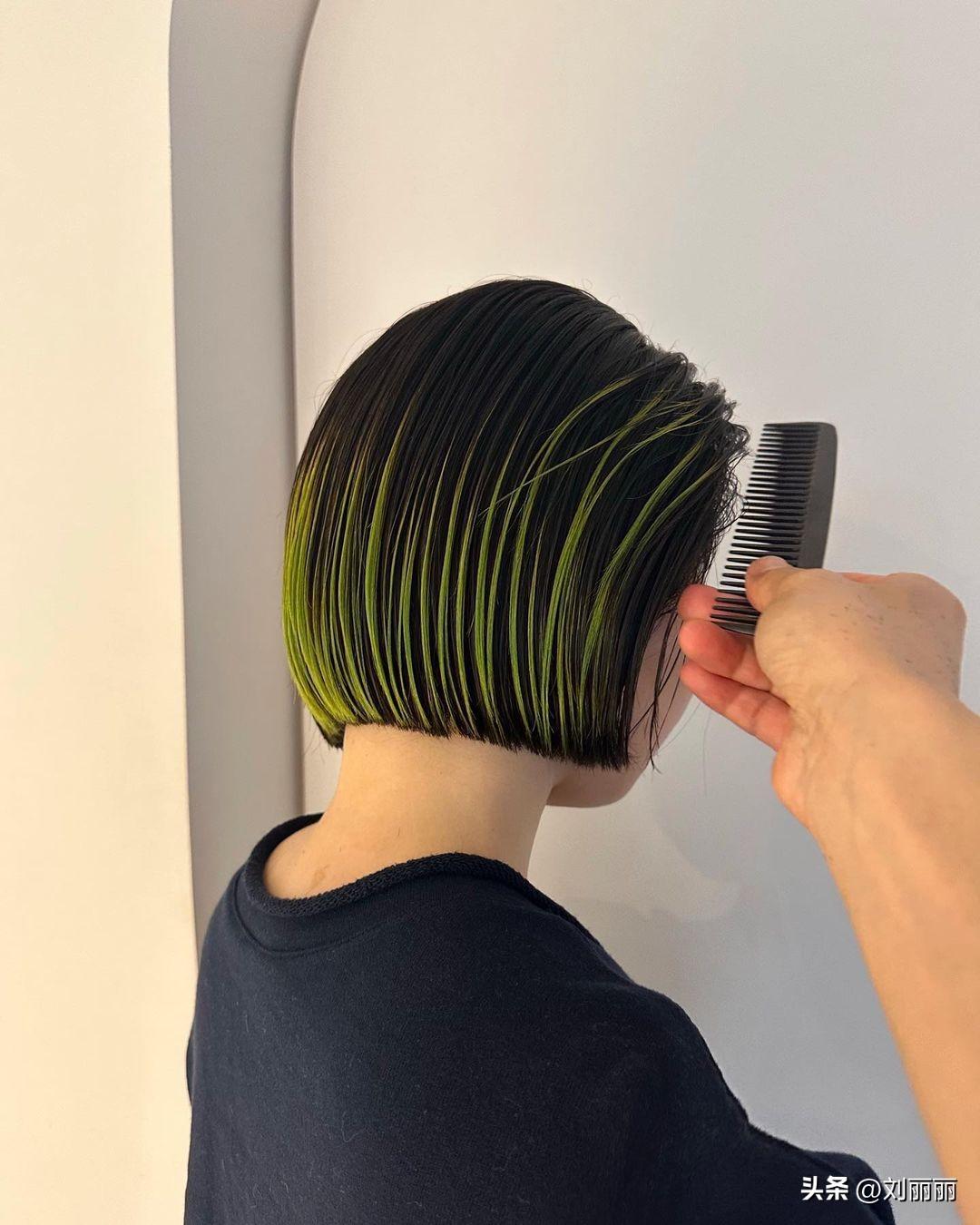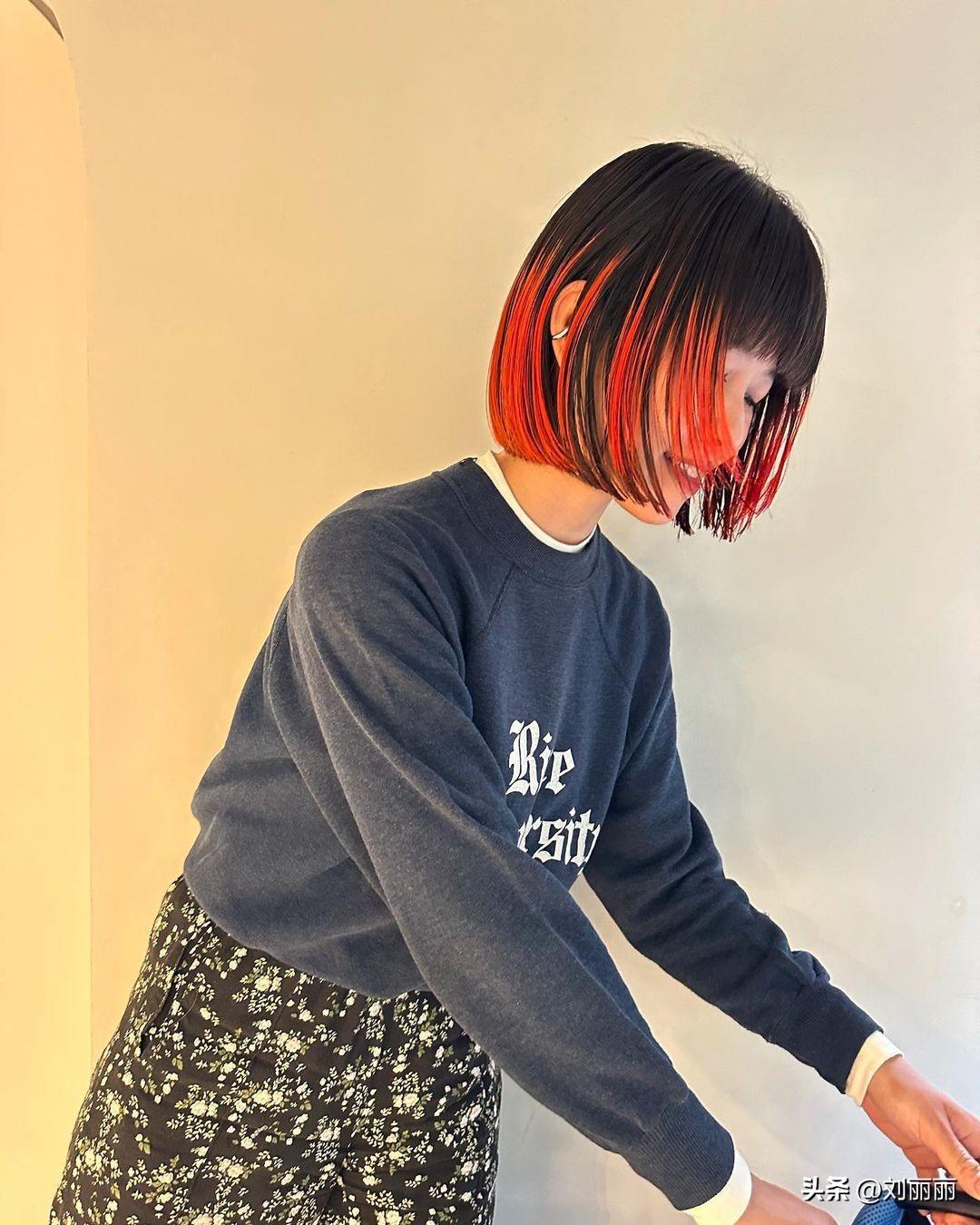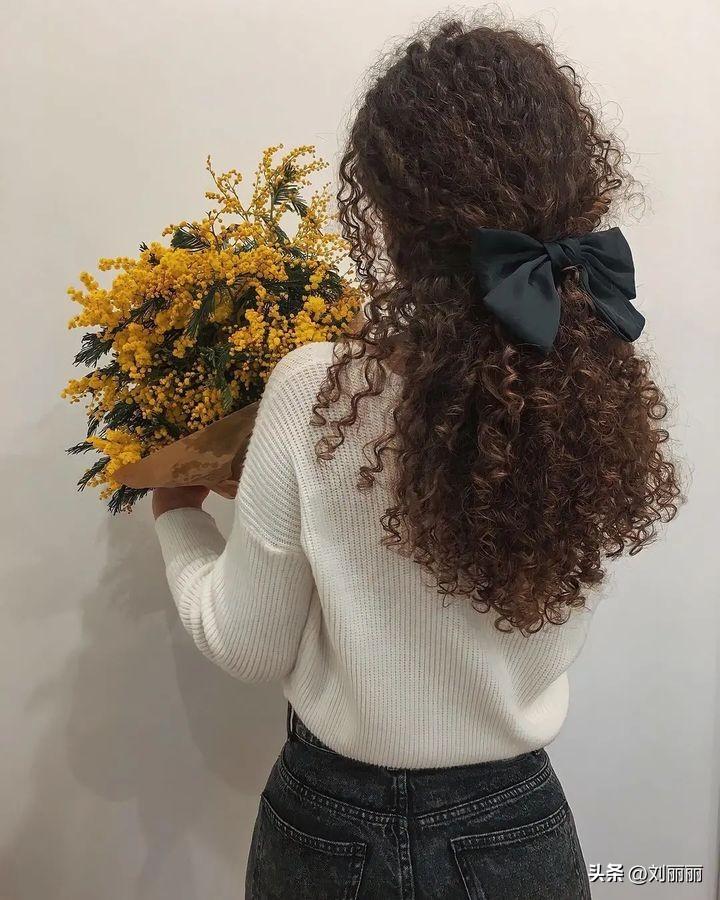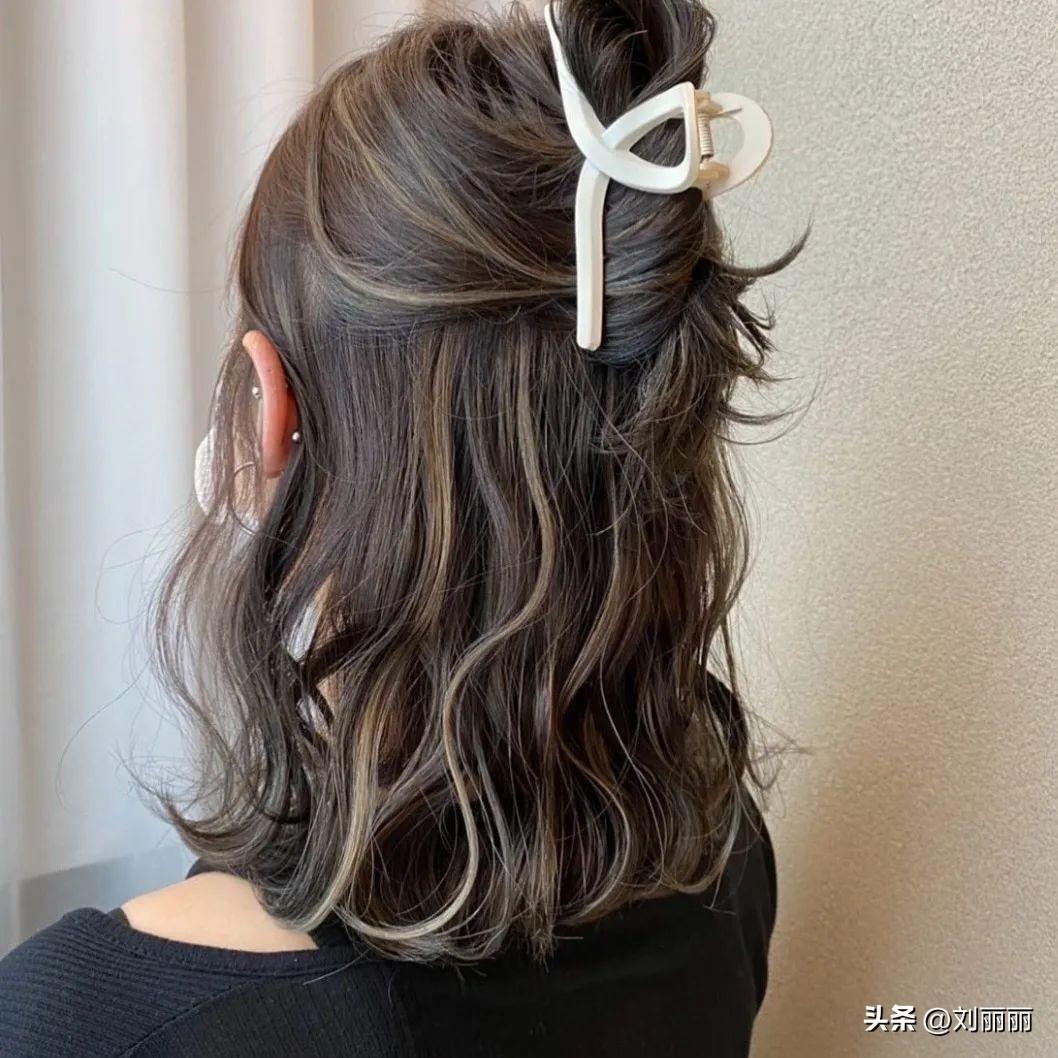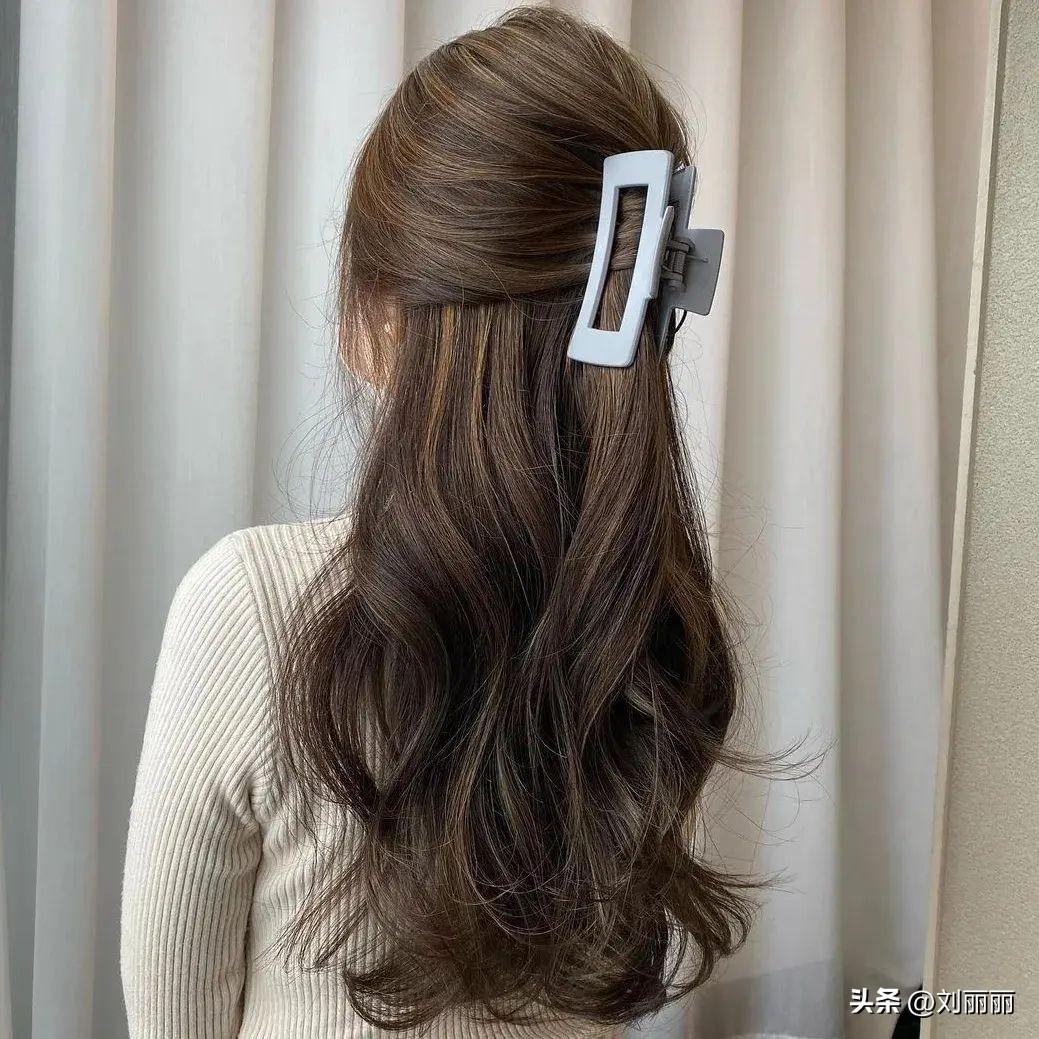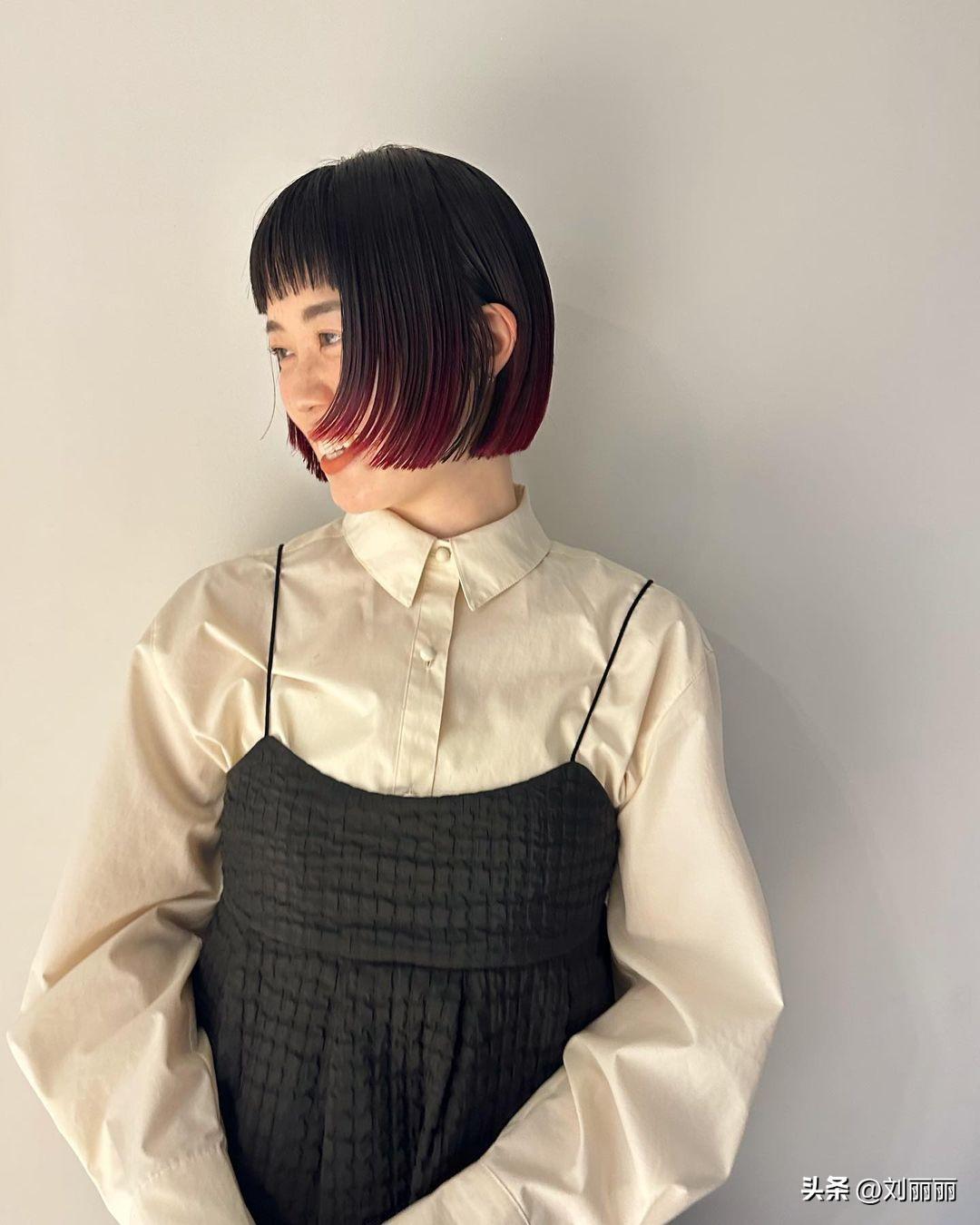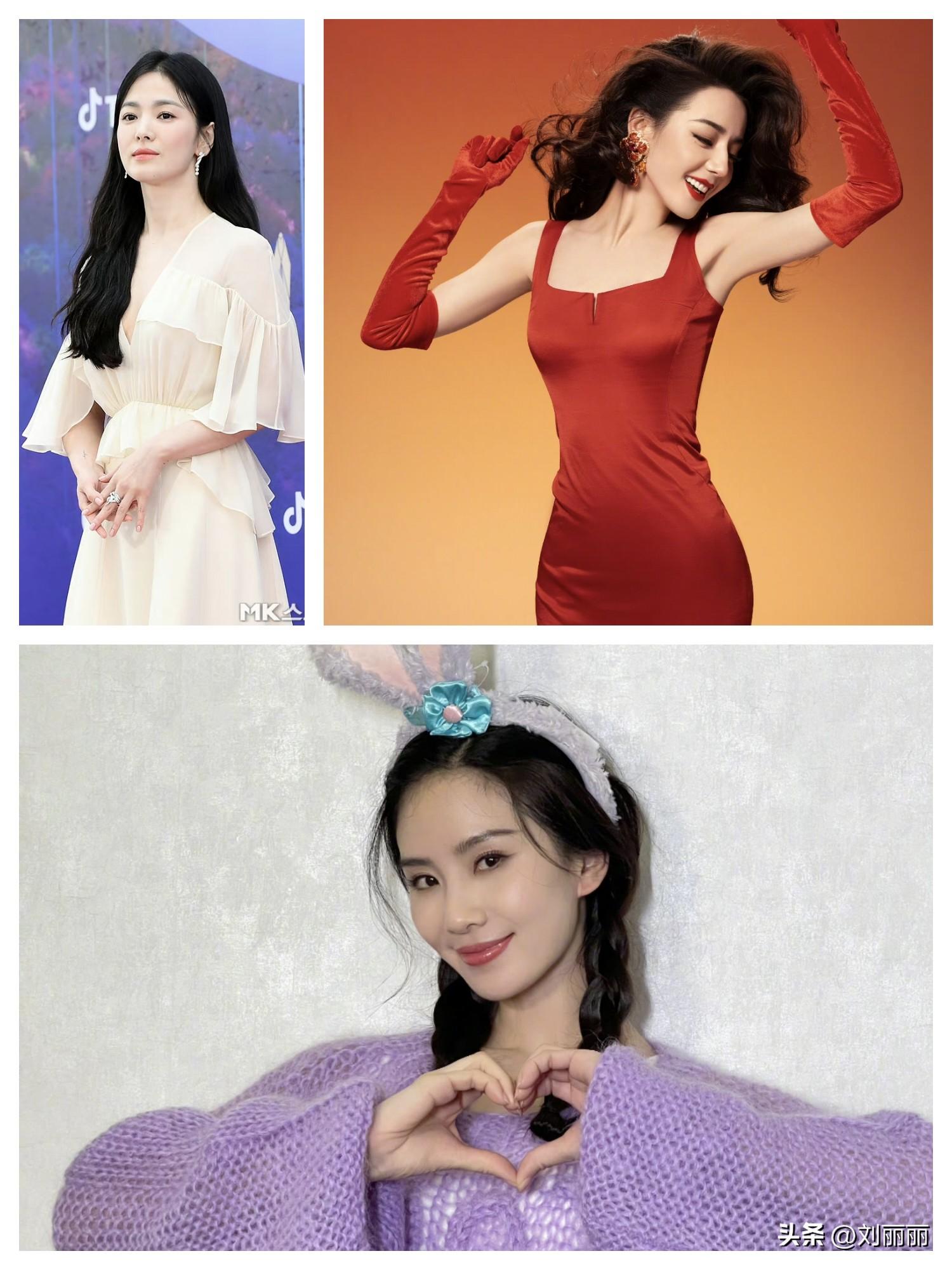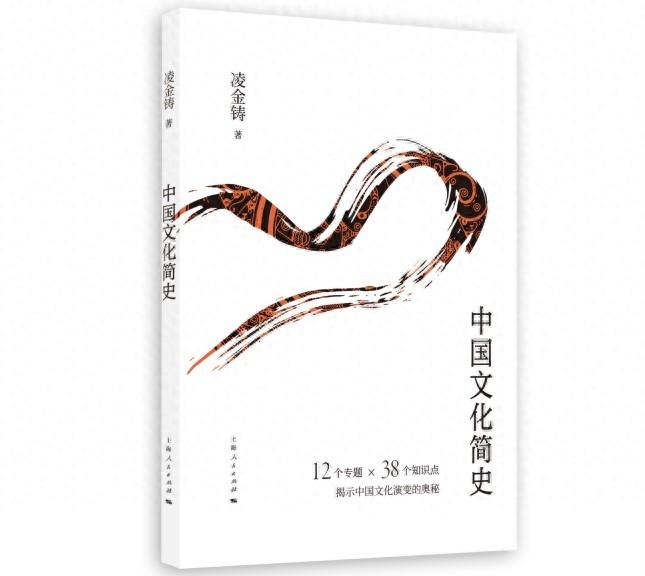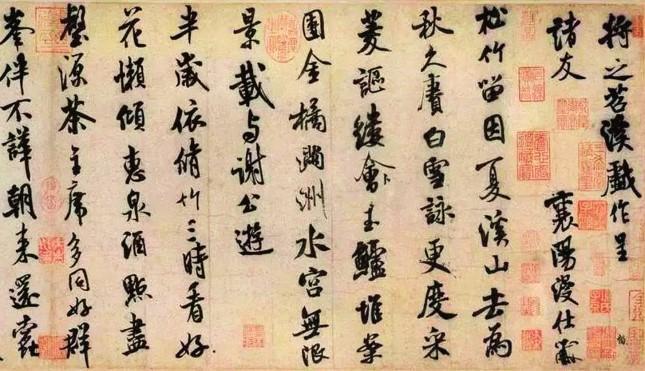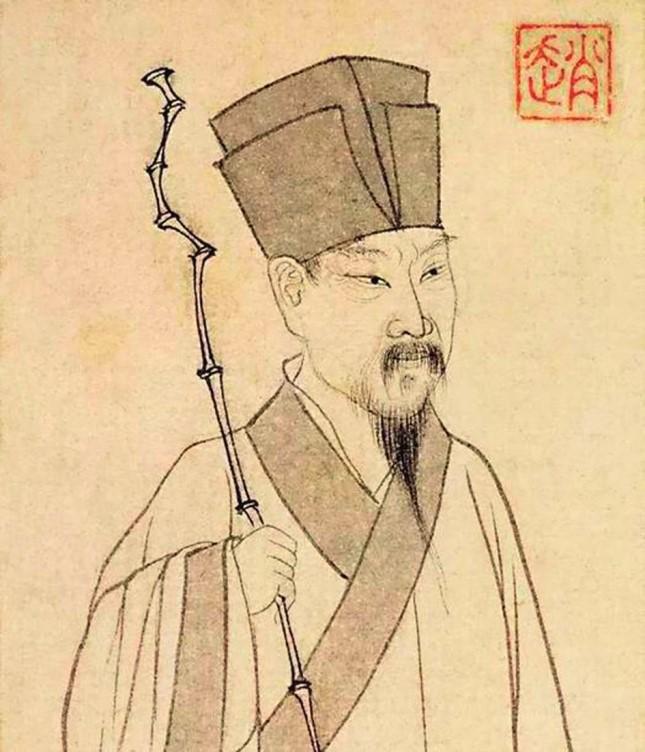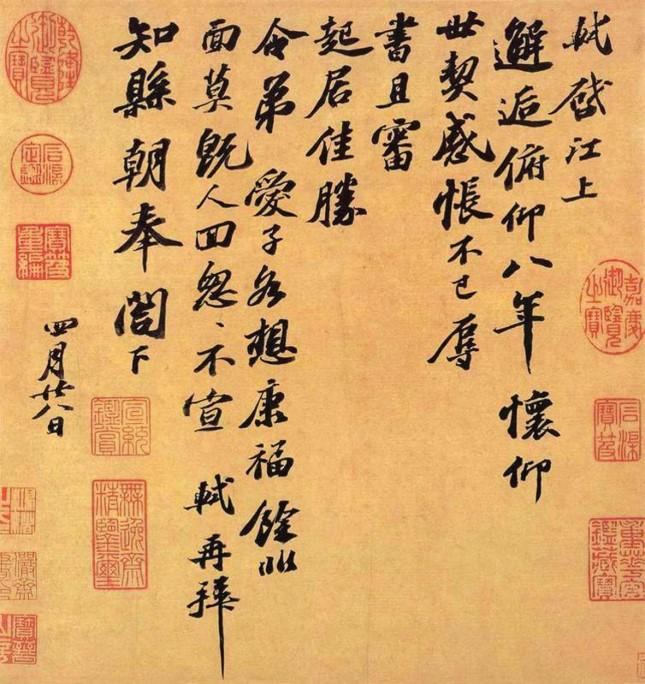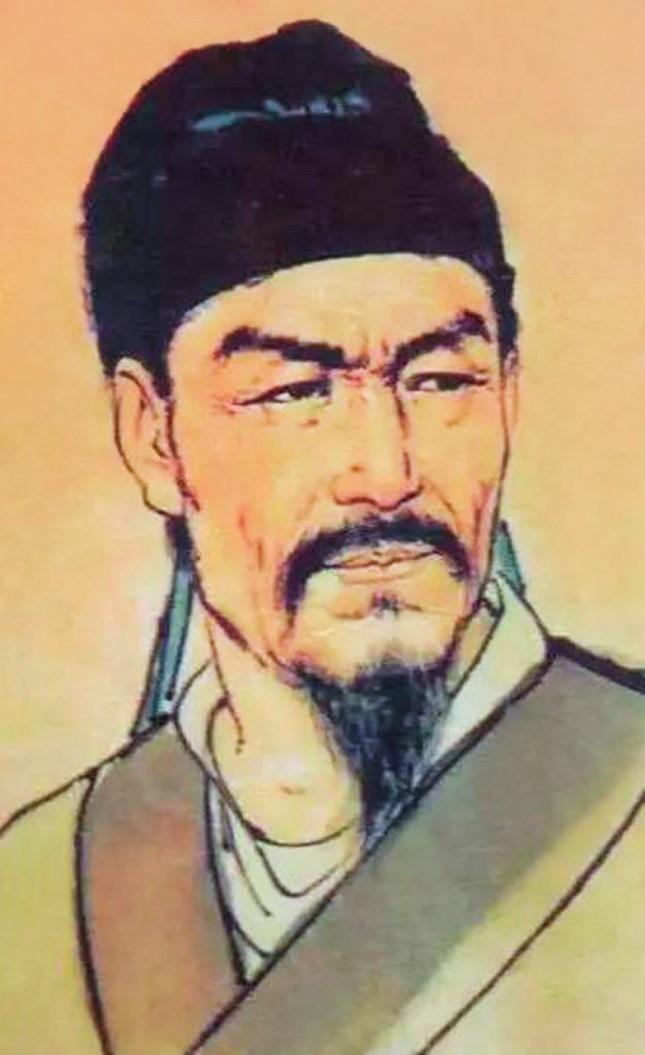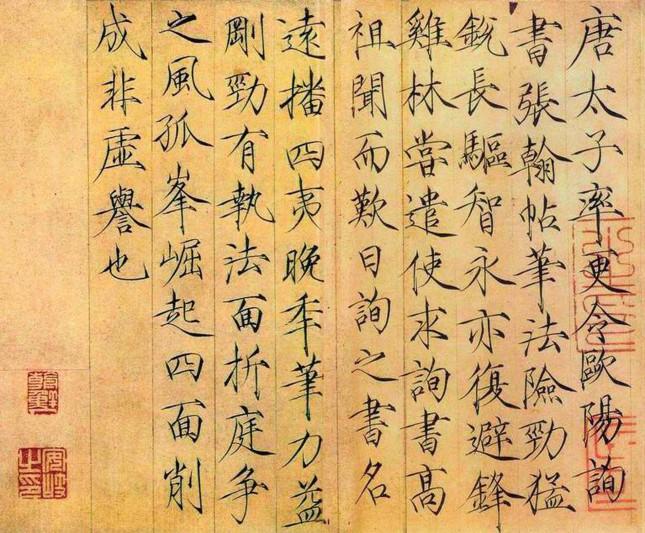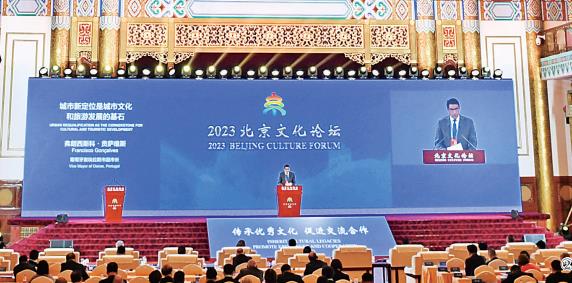Recently, I watched "Courtyard of the County Party Committee" and was deeply impressed by Mei Xiaoge played by Hugh.
Since middle school, Mei Xiaoge has been running in the morning for more than ten years, rain or shine.
The habit of exercise not only makes Mei Xiaoge have a healthy body, but also makes him always energetic and in high spirits.
Perhaps as Wendy, a neuroscientist at new york University, said:
Exercise can bring a better mood, more abundant energy, better memory and stronger concentration.
Don’t underestimate a person who insists on exercise, because every drop of sweat they shed and every step they take during exercise are helping a better life.
During this time, I believe many people have the same feeling:
A person’s physical immunity is really too important.
The disease is threatening, and when you fall down, you won’t even say hello.
At this time, it is particularly important to build a high wall of immunity in advance.
The American Journal of Preventive Medicine once studied 200,000 adult virus patients, and found that the more physical activities patients had before infection, the lower the risk of hospitalization and death.
Expert Li Dong once said that people who exercise regularly have a lower probability of serious illness.
Compared with those who are usually too lazy to move, the body of sports enthusiasts is ready to "fight" long before the virus strikes.
Last week, our family and our neighbor across the street were infected.
The difference is that my neighbor’s aunt in her 50 s has a low fever for 2 days and will be fine.
After the recovery, she was still busy, buying food and cooking for the family, and there was no sequelae at all.
On the other hand, there are three people in our family. After the fever has gone down, they not only often have poor breathing, but also cough for more than a week.
Later, my aunt chatted with us and talked about her living habits:
Go for a walk in the park every night and often play pull-ups, parallel bars and other fitness equipment.
Aunt said that before she retired, she didn’t like sports and often had no spirit. When she walked around the community, her legs were weak.
However, in the past few years after retirement, she has insisted on exercising, not only never feeling risky, but also wearing a sweater to go out in winter will not feel cold.
This time she recovered quickly, thanks to exercise, which gave her a strong immunity.
Think of Zhou Guoping said:
"My highest material hope is to have a healthy body and live a well-off life."
A strong body is the foundation of a good life. Let us calmly deal with the difficulties of the world and bear the blow of illness.
Exercise more, every kilocalorie of energy you burn is increasing your ability to resist risks;
Every minute you spend can be converted into savings in your health account.
Get into the habit of exercise, so that you can plan ahead better and face the storms of life with abundant energy.
Chow Yun Fat once said: "If you exercise early, you can have a 40-year-old body at the age of 80."
When people reach middle age, the corners of their eyes begin to wrinkle with years, and their temples are gradually stained with wind and frost.
But exercise can activate your body’s vitality and rejuvenate you.
Zhihu Netizen @ I’m Aunt Lu, and I shared my experiences online.
Aunt Lu began to try various sports 13 years ago, including aerobics, pilates, yoga, belly dancing, boxing and so on.
She usually gets up at 6: 30, exercises until 7: 30, then takes a shower, eats breakfast and goes out to work.
In the past 13 years, she has experienced pregnancy and childbirth, but over 30 years old, her skin is still tight and her body is well-proportioned, which is almost the same as when she was 20 years old.
Aunt Lu said:
Exercise can prevent greasy and aging to the maximum extent.
A person who is hungry and thin is in a completely different state from a person who is thin.
People with moderate posture and full spirit, even if they have facial features and body injuries, look really good on the whole, clean and energetic.
Yes, exercise may not be as effective as liposuction.
But it can regenerate cells, make skin clear and bring you more lasting and healthier changes.
How big can a person’s difference be before and after exercise?
Let’s look at several groups of comparative photos shared by netizens:
Source: Zhihu.
Do you find that you don’t know how beautiful a person can be without exercise?
As someone said: keep exercising and look in the mirror and you can’t help falling in love with yourself.
There is no more cost-effective way to have a better figure and a more beautiful face than sports.
Stick to exercise for a month, and the waist fat will be reduced;
Stick to exercise for a year, and the skin on your face will be more elastic;
Stick to exercise for ten years, and your body shape will be younger.
Long-term exercise can convey the spiritual aesthetics you want.
When you insist on exercise as a habit, you will find that you have cultivated a more beautiful appearance than your peers before you know it.
Have you ever had such an experience?
When you are depressed, go for a walk and run a few laps outside, and you will feel refreshed and relaxed in an instant.
"Exercise to Transform the Brain" once said:
"Exercise can make replacement parts for the brain and induce neurogenesis.
Exercise is as effective as antidepressants in treating depression and helplessness. "
Studies have found that hormones that can produce "pleasure" in the human body, such as dopamine, serotonin and endorphins, can be activated by moderate-intensity exercise.
Exercise more when you have time, and your mood can be relaxed and happy.
Pan Shiyi, a business tycoon, often takes photos of running on social platforms.
From the Temple of Heaven and Houhai in Beijing to Paris and new york abroad, he never stops running.
In Paris, he and his wife completed their first marathon.
At that moment, the two men embraced excitedly, and their joy was beyond words.
Pan Shiyi said:
"The most obvious change that running has brought me is my mood.
Adults have a lot of work pressure, and sometimes they will inevitably be depressed and unhappy, but they will feel happy immediately after running. "
Yes, in life, it is inevitable that there will be moments when you are troubled by trivial matters and anxious about stress.
At this time, go outside to move and run, and all the troubles can evaporate to the outside with sweat.
There is a good saying:
"The dopamine produced by running is second only to falling in love. Three kilometers specializes in all kinds of unhappiness, five kilometers specializes in all kinds of internal injuries, and after ten kilometers, the heart is all open and kind."
Life is inevitably boring, but there will be wind when you run;
Life is hard to avoid bumps, but there is energy when you move.
Practice in the training room until you sweat profusely, play happily in the green field, drink a bottle of water and take a hot bath.
If you have nothing to do and exercise more, time will definitely give you a happy reward.
Proceedings of the National Academy of Sciences published a report:
Compared with their sedentary peers, the hippocampus of those who exercise regularly has increased by 2%.
As an important organ responsible for brain memory storage, the growth of hippocampus means the increase of neuron number and the improvement of memory.
Through experiments on mice, scientists also found that exercise can improve the concentration and flexibility of the brain and greatly increase a person’s learning ability.
It can be said that exercise can not only activate the vitality of the body, but also awaken the vitality of the brain.
Some time ago, Shi Yigong, an academician of Chinese Academy of Sciences, was elected as the image ambassador of Hangzhou Marathon.
At the age of 55, he still keeps the habit of exercising and insists on running at least 30 kilometers a week.
In Shi Yigong’s view, sports and work complement each other.
Long-term exercise will not only increase physical fatigue, but also double the efficiency of work and study.
He also sent a message to middle school students: "Love sports, science, exercise and study."
People who insist on exercise for a long time will also benefit from it.
I once received messages from some netizens backstage.
Some people say that they will go back to reading after exercise, and their thinking will be clearer;
Some people say that after running in the morning, their brains will become particularly good.
Those who love sports are being quietly rewarded by the world.
As Rousseau said: "My body must keep moving before my brain will start."
At the moment of increasingly fierce competition, exercise is an indispensable help for a person to improve his brain power.
Don’t think that exercise is a waste of time. If you sit for a long time, your brain may shrink slowly.
Don’t feel tired from exercise, and your body may be even more tired if you play with your mobile phone.
In a fast-paced society, if you are willing to spend time exercising, you can develop your brain to the greatest extent and make your thinking more active.
I like what Hippocrates, the father of medicine, said:
"The best doctors of mankind are air, sunshine and exercise."
The importance of exercise, like the oxygen and sunshine of nature, nourishes the body and mind all the time.
It can build an immune defense line for the body, and also make the skin resist aging and stay young forever;
It can give space for the release of bad emotions, and it can also open a perspective for the brain and activate ideas.
Exercise, let us rejuvenate, but also let us have a more calm attitude to deal with when we turn over every hurdle in life.
Take the time to invest in your body, and it will definitely give you the most abundant reward.
So, take advantage of the time, the body is not old, go to exercise!
Believe me, if you are tireless and tireless, you will shine brighter from the inside out.
illumine"watching", encourage with friends!
author | Zhuxi loves reading and life.
picture | Network (if there is any infringement, please contact to delete), vision china
